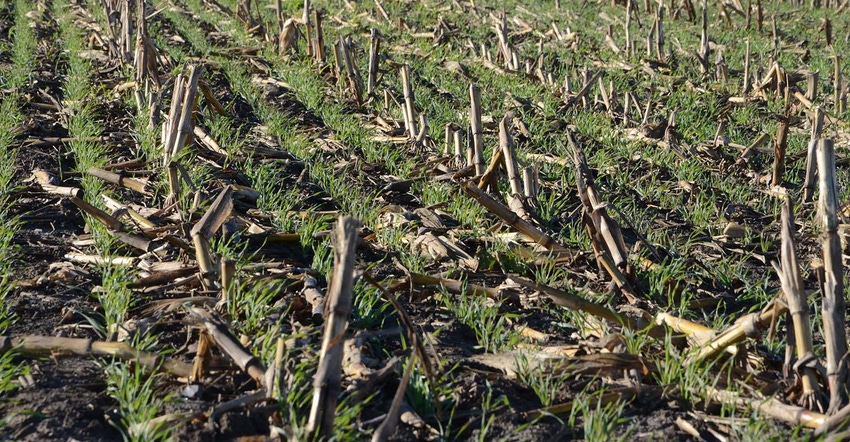September 3, 2020

The cover crop industry is starting to see shortages of a few different crops like radishes, hairy vetch and annual clovers due to the record amount of acreage that was planted last year as part of USDA’s prevent plant program. This means there may be some quality challenges.
Here are four things to keep an eye on when ordering seed:
1. What is the purity?
By law, seed being sold for planting must have a purity test to identify weed content percentages. However, this is not the case if seed is marked to be fed as livestock feed.
When evaluating purity tests, there is no benchmark for contamination percentages. Instead, weigh the risks against what you are trying to achieve and if the weed is going to be controllable.
Lastly, make sure the purity test matches the lot number stencilled on the seed bag and look at the contents before you dump it in the drill. Mistakes can happen and carry a heavy consequence of weed issues for years to come.
2. Has it been tested for germination?
Federal law dictates that seed being sold for planting must have a germination test, typically within a nine-month window ahead of selling. Because certain seeds are very fragile and can have significant reductions in germination due to mishandling, an on-farm germination test is a good backup. Do this by counting out 20 seeds, dropping them on a paper towel, wetting it, rolling it up and putting it in a Ziplock bag. Most seed will germinate in seven to 10 days.
3. Will it work in your local environment?
A great way to learn about what does and doesn’t work in your local area is to start speaking to your neighbors. It is important to understand what they are trying to achieve and the practices they are implementing. Another way to get an idea of what works in your area is to analyze raw data from research trials. A platform like the Cover Crop Information Map, centralizes farm trial and industry research data into one location, allowing users to hone in on 26 different topics in their local area.
4. Does it have the genetics to perform?
While it may come with a cheaper price tag and be readily available, it is best to avoid the use of variety not stated seed (VNS). Cover crop seed should be selected for variety traits.
For example, knowing things like heading dates will allow you to achieve maximum growth while being able to terminate the crop before it becomes a weed. Or, if you’re wanting to reduce bought-in feed costs, variety data will allow you to select a crop that you can count on to produce a high amount of biomass.
If you haven’t done so already, get your seed orders into your merchants as soon as possible.
Hall is director of research for Go Seed.
Source: Go Seed, which is solely responsible for the information provided and is wholly owned by the source. Informa Business Media and all its subsidiaries are not responsible for any of the content contained in this information asset.
You May Also Like




